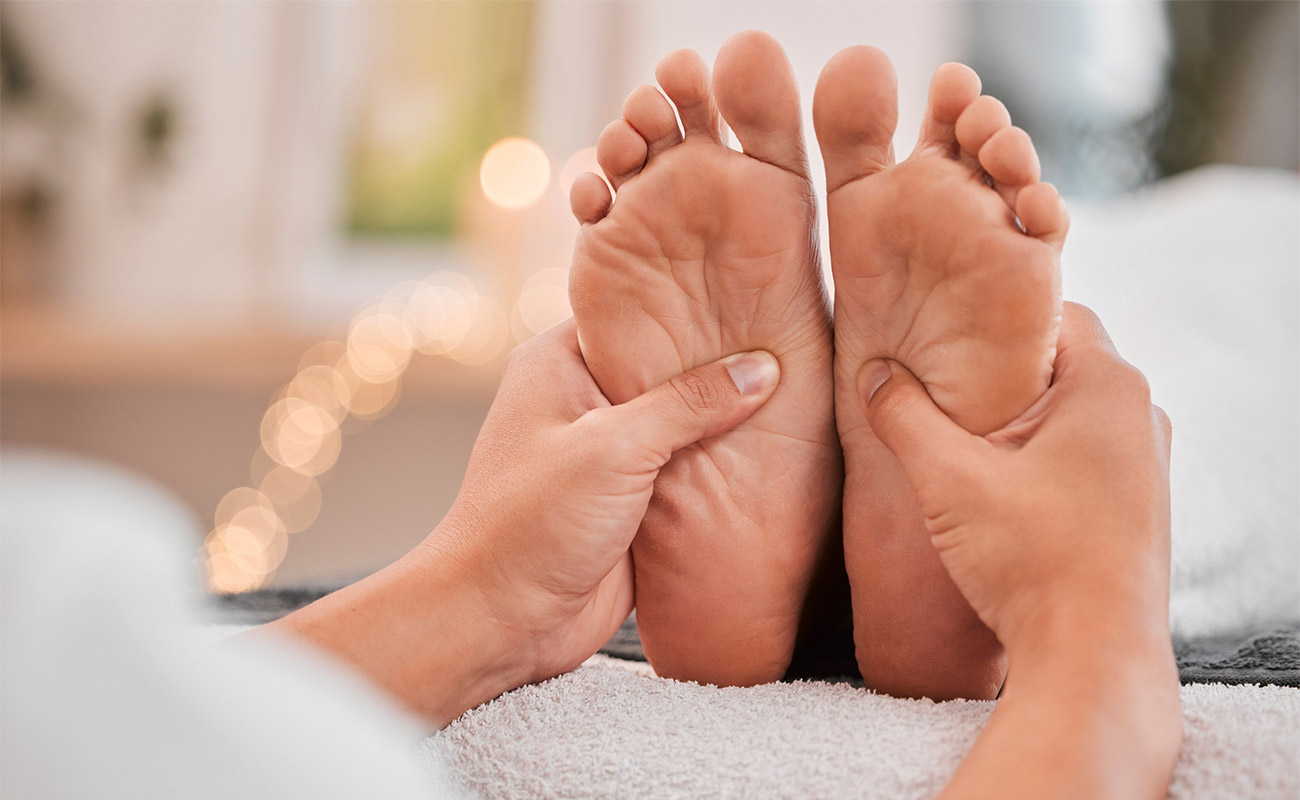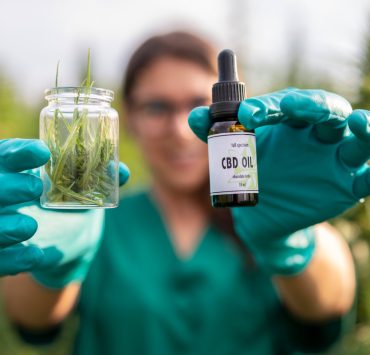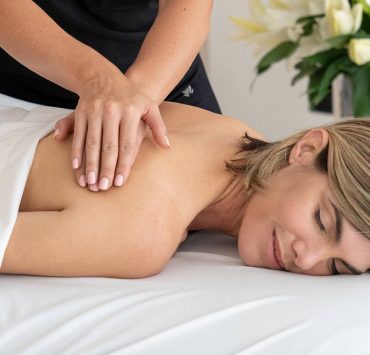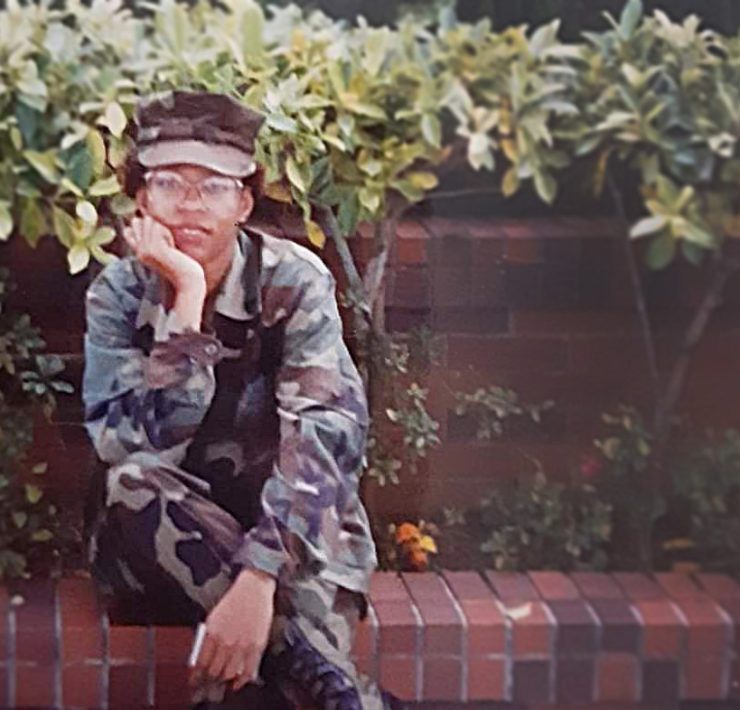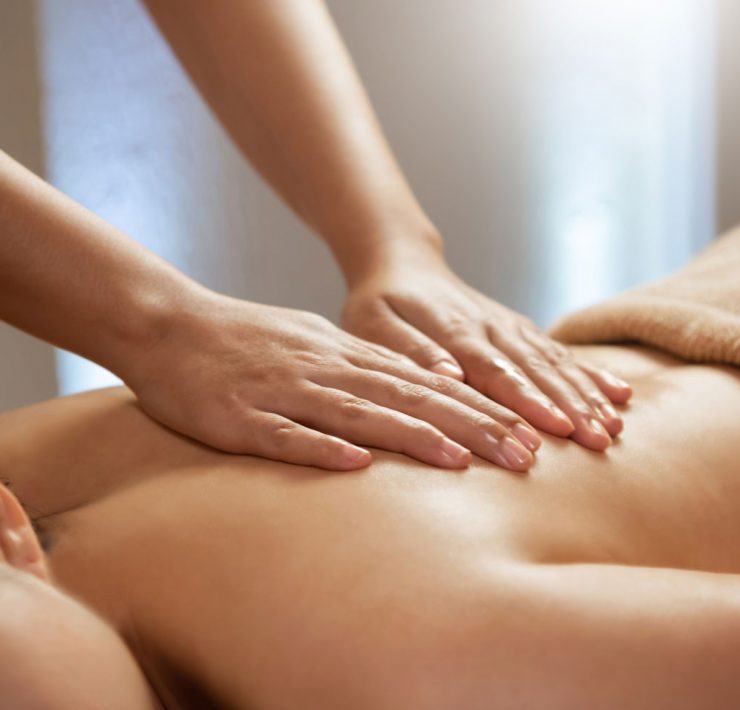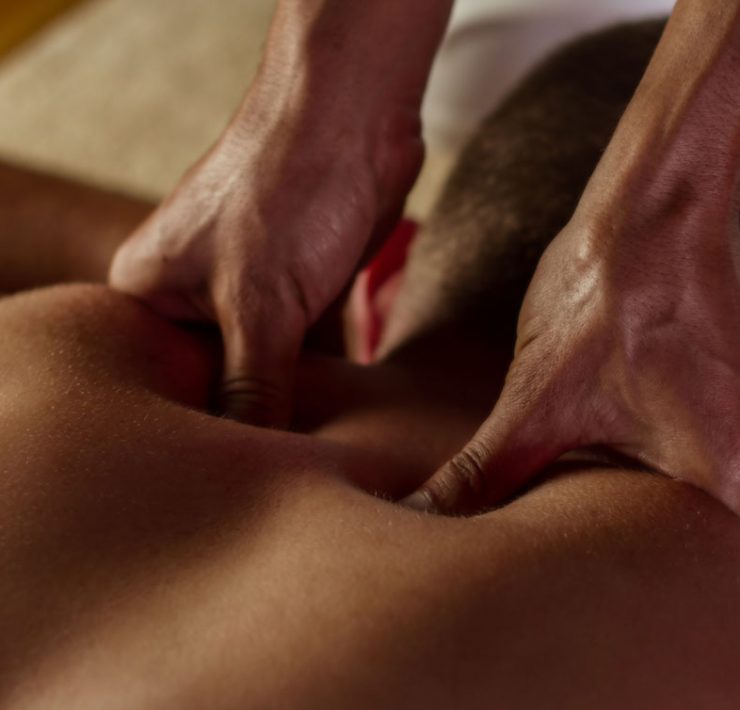Reflexology is a practice often associated with massage. One can find it offered as a distinct modality, or as an add-on to a regular massage…but what is reflexology exactly?
Reflexology, sometimes referred to as “zone therapy,” is a bodywork practice that involves applying specific pressure on certain reflex points or zones of the foot, hand, or ear. The hands, feet, and ears reflect an image of the body and applying pressure to specific points causes a change in part of the body targeted.
The mechanism at work during a reflexology session is unknown. Some reflexologists posit that the flow of “Qi” becomes unblocked due to their manipulations, similarly to the philosophy of acupressure. Others think that the body sends a signal to the body to balance the central nervous system. Science has not been able to identify the mechanism of reflexology.
People who perform reflexology may describe themselves as “reflexologists,” but more often than not, reflexology requires a massage license and is thus performed by a massage therapists. Reflexology practitioners sometimes use a precisely placed thumb or finger, and other times they use tools (small bamboo sticks, for example). Pressure is usually quite firm, but not painful.
Reflexology is generally considered a complementary treatment and should not replace traditional medical interventions for serious health conditions. While not formally proven, studies suggest that reflexology can boost feelings of well-being, reduce anxiety, and help lessen pain and fatigue. Massage is similarly positioned but has more clinical research backing its efficacy, particularly for muscle pain. Both are non-invasive and do not use chemicals or medications.
How is Reflexology Different from Massage?
Massage and reflexology have several distinct differences:
- Reflexology is generally applied to the feet, and sometimes the hands or even the ears, while massage is typically a full-body treatment, unless you have specified to your therapist that you want a different focus.
- Reflexology sessions tend to be shorter than massages. Typically a massage is 60–90 minutes in length, whereas reflexology sessions are shorter—about 30-60 minutes.
- Reflexology is generally a clothed modality. Massage clients, on the other hand, are usually unclothed or minimally-clothed and covered with a sheet or “drape.”
- In a massage, the therapist will use a lubricant (lotion, oil, or cream), which is not always used in a reflexology session, depending on the area being treated.
- In a massage, the therapist may use their hands, fists, palms, knuckles, forearms, and elbows to apply appropriate pressure to different areas of the body. During a reflexology session, the practitioner’s manual work is typically with their fingers, knuckles, palms, or a tool.
Often, you can add reflexology to a massage session in a spa or at home with Zeel. In this case, the therapist can either work reflexology techniques into your full body massage, or add reflexology work immediately following the massage. You can let the therapist know if you have a preference for how to incorporate reflexology into a massage session.
Massage and reflexology are distinct modalities with key differences in technique, focus, and duration. Both massage and reflexology will promote health and wellbeing, increase relaxation, and decrease stress—and they make a wonderful pair!
Melanie Peddle holds a MS in Mechanical Engineering and has been practicing massage since 2012. She is an instructor with Western Colorado University in its partnership with the University of Colorado, focusing on biomechanical engineering and injury, as well as applications in adaptive sports. An accomplished collegiate athlete, Melanie brings an engineer's mind to all her physiological pursuits, and a passion for the most interesting engineering challenge of all: the human body.

